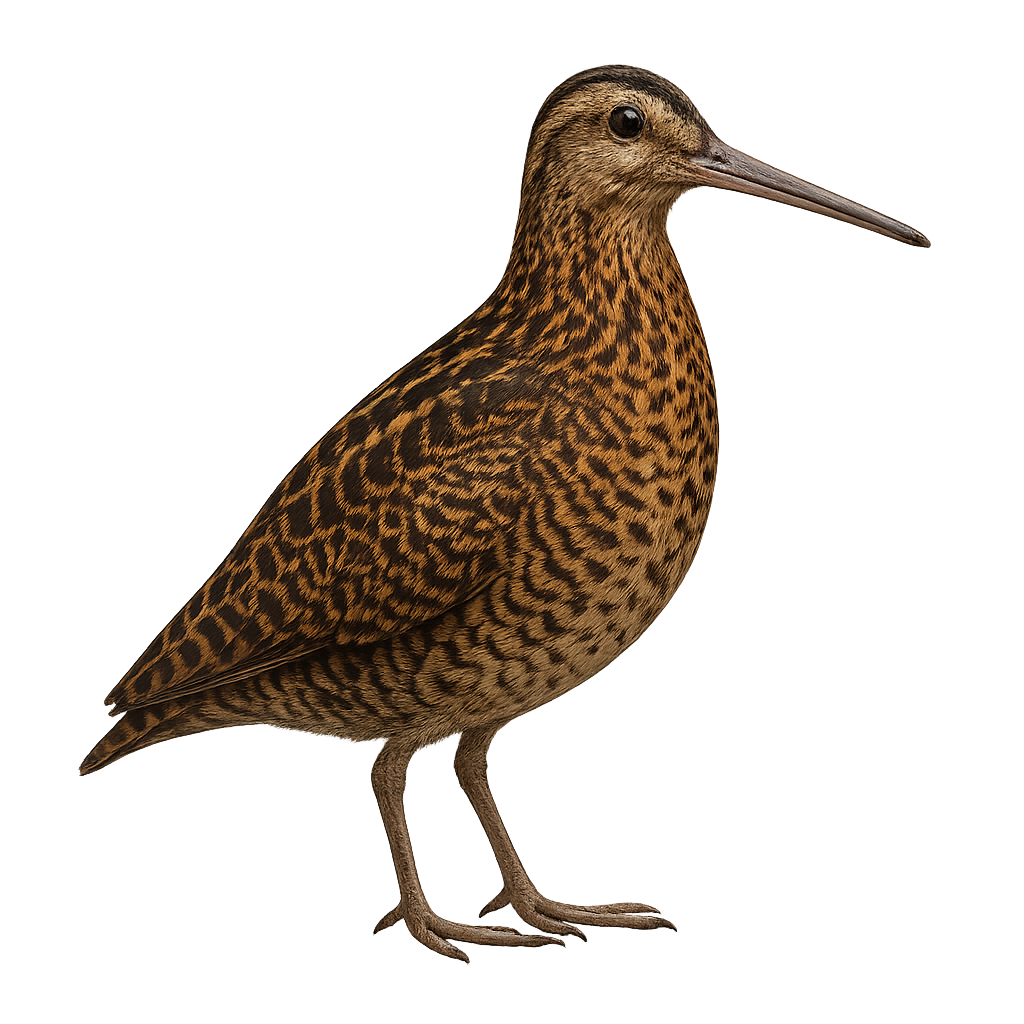Your wildlife photography guide.
Explore the imperial snipe in detail, study its behavior, prepare your shots.
Where to observe and photograph the imperial snipe in the wild
Learn where and when to spot the imperial snipe in the wild, how to identify the species based on distinctive features, and what natural environments it inhabits. The WildlifePhotographer app offers tailored photography tips that reflect the imperial snipe’s behavior, helping you capture better wildlife images. Explore the full species profile for key information including description, habitat, active periods, and approach techniques.
Imperial Snipe
Scientific name: Gallinago imperialis

IUCN Status: Near Threatened
Family: SCOLOPACIDAE
Group: Birds
Sensitivity to human approach: Suspicious
Minimum approach distance: 10 m
Courtship display: June to July
Incubation: 19-21 jours
Hatchings: June to August
Habitat:
Bogs, marshes, wet meadows
Activity period :
Active at dawn and dusk, ideal moments for observation.
Identification and description:
The Imperial Snipe, or Gallinago imperialis, is a rare and elusive bird mainly found in the Andes. It is characterized by its dark brown plumage with intricate patterns that allow it to blend into its marshy surroundings. Its long, straight bill is perfectly adapted for probing the ground in search of worms and insects. This bird is most active at dawn and dusk, making it difficult to spot. The Imperial Snipe is often solitary, although it can sometimes be seen in small groups. It prefers wetland habitats and peat bogs located at high altitudes, between 2000 and 3000 meters. Its population is declining, mainly due to the loss of its natural habitat.
Recommended lens:
400 mm – adjust based on distance, desired framing (portrait or habitat), and approach conditions.
Photography tips:
To photograph the Imperial Snipe, it is essential to blend into the environment. Use camouflage clothing and remain still to avoid scaring it away. Focus on early morning or evening hours when the bird is most active. A telephoto lens of 400mm or more is recommended to capture details without getting too close. Be patient and wait for the bird to move naturally in its habitat. The soft light of morning or evening will add a beautiful ambiance to your photos.
The WildlifePhotographer App is coming soon!
Be the first to explore the best nature spots, track rutting seasons, log your observations, and observe more wildlife.
Already 1 431 wildlife lovers subscribed worldwide

